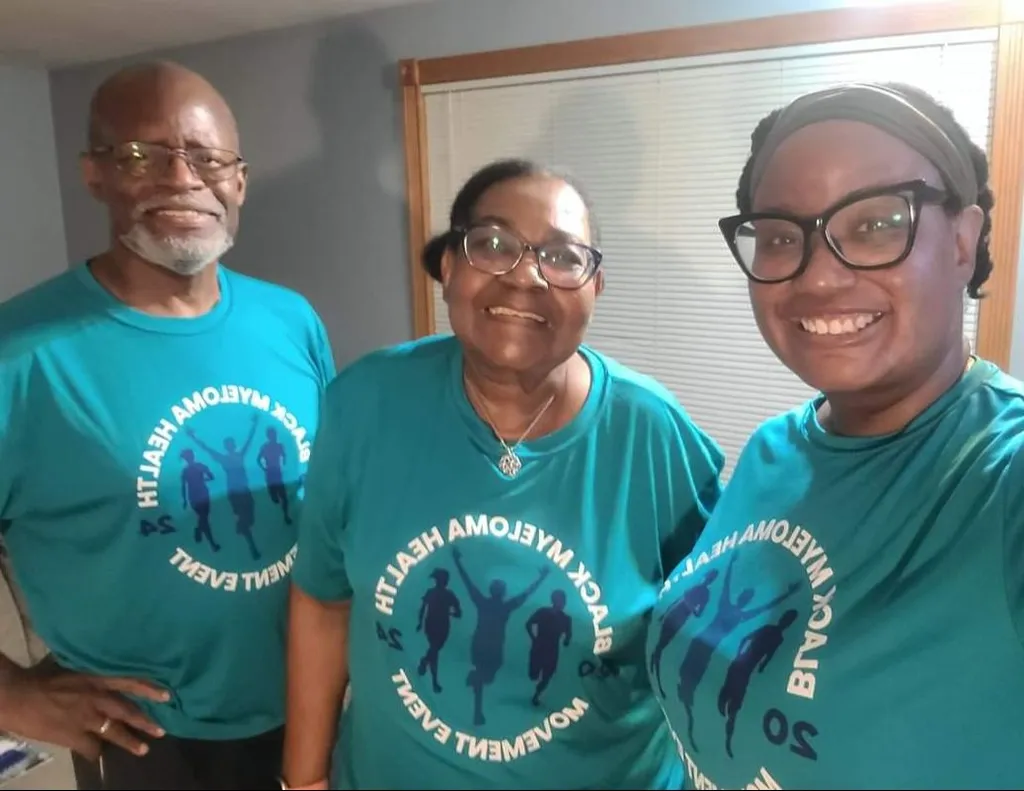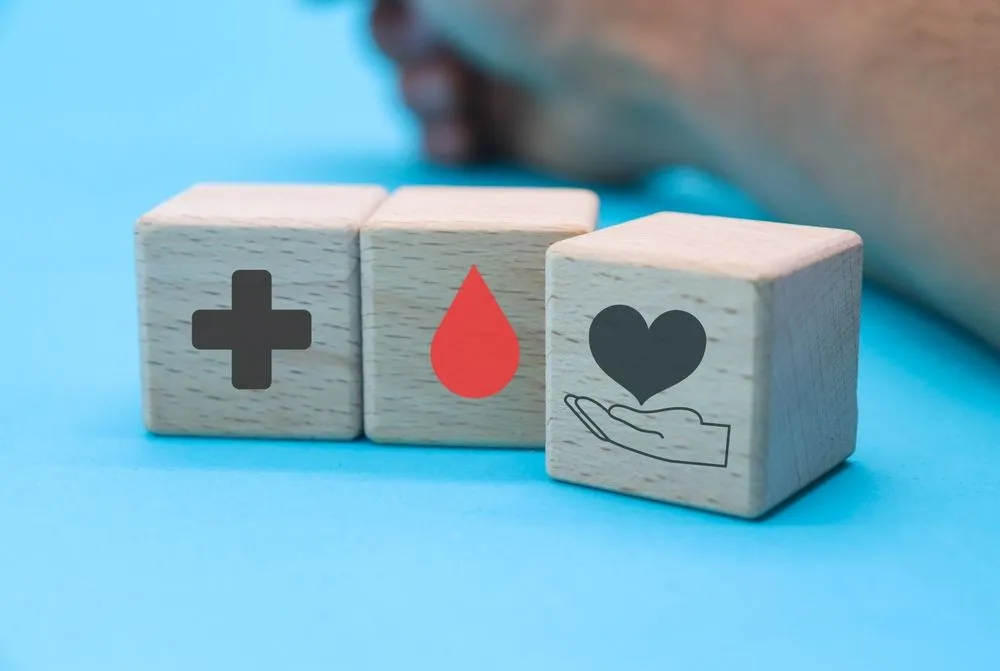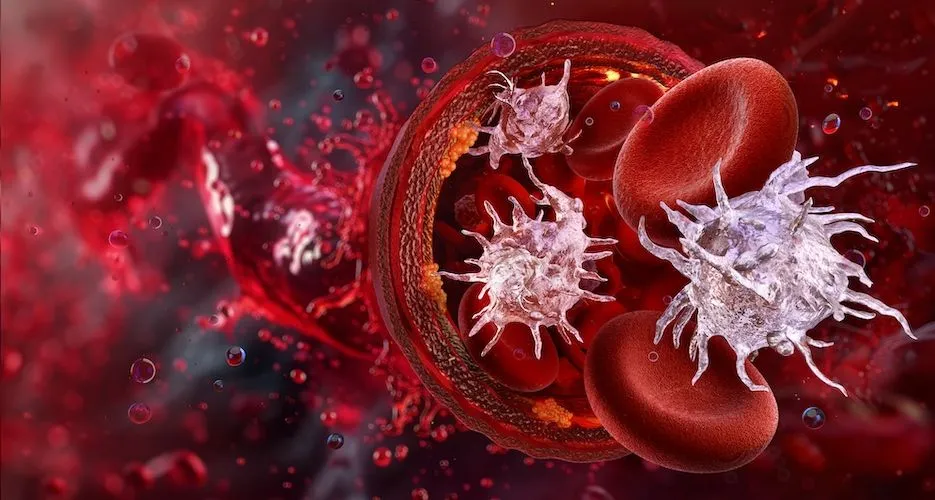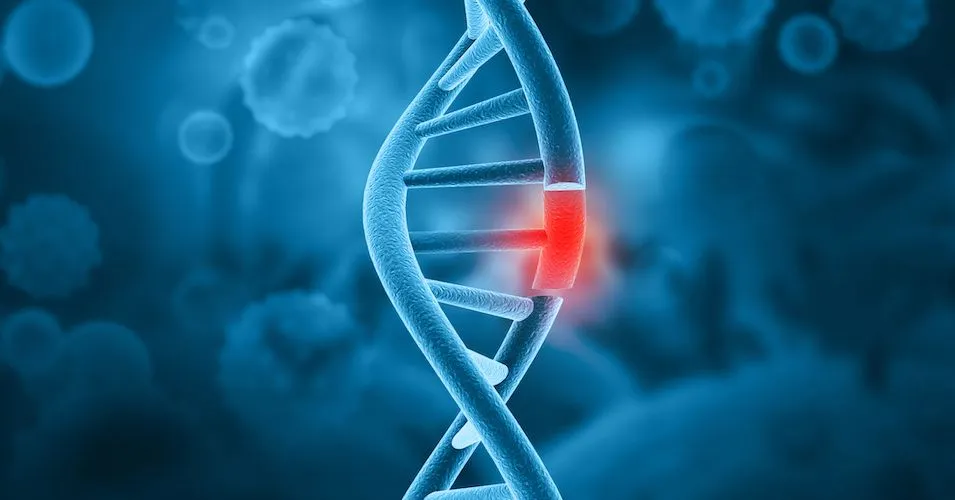Is MRD Negativity the Goal of Myeloma Treatment?

Dr. Malin Hultcrantz, from Memorial Sloan Kettering Cancer Center, recently joined our Minimal Residual Disease group to discuss if MRD negativity is the goal of myeloma treatment.
We’ve summarized some of Dr. Hultcrantz's highlights below, but you can also watch the webinar recording.
She first described minimal residual disease or measurable residual disease (MRD) as “the small number of myeloma cells that may remain in the body after treatment or during remission.”
Testing for MRD using bone marrow samples is very sensitive. It can detect 1 myeloma cell in 100,000 (10-5) cells and as low as 1 myeloma cell in 1,000,000 (10-6) cells.
How Is Minimal Residual Disease (MRD) Measured?
Minimal Residual Disease can be measured through either bone marrow or blood samples. As of 2024, bone marrow MRD tests are known to be more sensitive and accurate.
However, much research is being done in the blood MRD testing field as this is less of a burden on patients.
The two types of MRD tests that use bone marrow samples, and are widely used in clinical practice are Flow Cytometry and Next Generation Sequencing.
Flow Cytometry
EuroFlow or Next Generation Flow (NGF) is a very sensitive test that can detect two cells in a million.
Pros:
- No need for a baseline
- Quick Turnaround time
- Results are available pretty quickly
Cons:
- Require a larger sample
- Needs fresh cells, so needs to be done right away
Next Generation Sequencing (NGS)
This type of test analyzes sequences of a patient's immunoglobulin (plasma cell) genes and can detect one cell in 1,000,000.
Pros:
- A smaller sample volume is needed
- Can use stored samples
Cons:
- A baseline bone marrow sample is needed for follow-up, usually taken at diagnosis. Some patients cannot trace this sample, or the sample is not of a high enough quality to qualify for the test.
- The analysis takes a bit of time
Blood-Based MRD Testing
One of the most popular blood-based MRD tests is known as Mass Spectrometry.
Currently, mass spectrometry (mass spec) shows an 85% match with bone marrow MRD in clinical trials, so it’s not too far behind in sensitivity and accuracy.
Other companies are actively working on blood-based MRD tests, such as M-Insight and EasyM.
It’s important to remember that blood-based testing may not replace bone marrow MRD but may be used to time bone marrow biopsies.
How Can I Achieve MRD Negativity?
Not all patients will achieve MRD negativity, and not all patients need to achieve MRD negativity to have long-lasting remissions and positive outcomes.
However, as treatment in the myeloma therapy field improves, the rates of myeloma patients achieving MRD negativity (essentially, achieving a very deep response to the therapies) is increasing.
Improved therapy responses lead to longer survival outcomes.
How Can MRD Testing Results Be Used to Influence Myeloma Treatment?
A groundbreaking clinical trial run by Dr. Luciano Costa, provided data to begin answering this question.
In the MASTER trial, minimal residual disease was measured at four points along the treatment path (after induction, transplant, consolidation, and a second consolidation in patients who needed it).
When patients reached MRD negativity at two of the four consecutive time points mentioned above, they could cut back on treatment dosage/frequency or, if appropriate, come off treatment with very close monitoring.
This trial pioneered changing treatment based on MRD status.
Many other studies are looking at whether patients with sustained MRD negativity can stop maintenance therapy.
- Memorial Sloan-Kettering Cancer Center (MSKCC) is investigating patients on maintenance who have been MRD-negative for three years or more to see if they can maintain responses off of therapy.
- The MRD2STOP trial is looking at patient outcomes who have stopped maintenance therapy after 2+ years of MRD negativity.
While these trials are ongoing, they are providing important insights into how minimal residual disease testing results can influence treatment.
So, Is MRD Negativity the Goal of Myeloma Treatment?
While MRD negativity shows a successful and deep response, there is still insufficient data about how long these responses can last. While for some, an MRD negative result means many years of inactive disease, others only experience a few months after achieving MRD negativity.
Thankfully, much research continues in this field, and more answers to these important questions are on their way.
“MRD Negativity is important,” Dr. Hultcrantz shares, “but it’s not everything.”
Questions and Answers
Some highlighted question from our Q&A are below. Watch the entire Q&A session here.
- [40:33] Does the site of the bone marrow sample need to be consistent, for example, always sampling from the same hip? How reliable is MRD negativity across different sample sites?
- [48:20] Is there a cutoff when a patient is undergoing maintenance therapy and has not reached MRD negativity that it most likely won't be achieved? For example, if you're one and a half years out or two years out and still not reaching MRD negativity?
Action Step
You can keep track of your labs, such as minimal residual disease results, and monitor your disease response by creating a free HealthTree Cure Hub profile.
Securely connect your electronic health records within a matter of minutes. Once you're connected, HealthTree Cure Hub allows you to discover treatment options, find a specialist, keep track of your myeloma, and so much more! Sign up for a free patient account today to get started.
Dr. Malin Hultcrantz, from Memorial Sloan Kettering Cancer Center, recently joined our Minimal Residual Disease group to discuss if MRD negativity is the goal of myeloma treatment.
We’ve summarized some of Dr. Hultcrantz's highlights below, but you can also watch the webinar recording.
She first described minimal residual disease or measurable residual disease (MRD) as “the small number of myeloma cells that may remain in the body after treatment or during remission.”
Testing for MRD using bone marrow samples is very sensitive. It can detect 1 myeloma cell in 100,000 (10-5) cells and as low as 1 myeloma cell in 1,000,000 (10-6) cells.
How Is Minimal Residual Disease (MRD) Measured?
Minimal Residual Disease can be measured through either bone marrow or blood samples. As of 2024, bone marrow MRD tests are known to be more sensitive and accurate.
However, much research is being done in the blood MRD testing field as this is less of a burden on patients.
The two types of MRD tests that use bone marrow samples, and are widely used in clinical practice are Flow Cytometry and Next Generation Sequencing.
Flow Cytometry
EuroFlow or Next Generation Flow (NGF) is a very sensitive test that can detect two cells in a million.
Pros:
- No need for a baseline
- Quick Turnaround time
- Results are available pretty quickly
Cons:
- Require a larger sample
- Needs fresh cells, so needs to be done right away
Next Generation Sequencing (NGS)
This type of test analyzes sequences of a patient's immunoglobulin (plasma cell) genes and can detect one cell in 1,000,000.
Pros:
- A smaller sample volume is needed
- Can use stored samples
Cons:
- A baseline bone marrow sample is needed for follow-up, usually taken at diagnosis. Some patients cannot trace this sample, or the sample is not of a high enough quality to qualify for the test.
- The analysis takes a bit of time
Blood-Based MRD Testing
One of the most popular blood-based MRD tests is known as Mass Spectrometry.
Currently, mass spectrometry (mass spec) shows an 85% match with bone marrow MRD in clinical trials, so it’s not too far behind in sensitivity and accuracy.
Other companies are actively working on blood-based MRD tests, such as M-Insight and EasyM.
It’s important to remember that blood-based testing may not replace bone marrow MRD but may be used to time bone marrow biopsies.
How Can I Achieve MRD Negativity?
Not all patients will achieve MRD negativity, and not all patients need to achieve MRD negativity to have long-lasting remissions and positive outcomes.
However, as treatment in the myeloma therapy field improves, the rates of myeloma patients achieving MRD negativity (essentially, achieving a very deep response to the therapies) is increasing.
Improved therapy responses lead to longer survival outcomes.
How Can MRD Testing Results Be Used to Influence Myeloma Treatment?
A groundbreaking clinical trial run by Dr. Luciano Costa, provided data to begin answering this question.
In the MASTER trial, minimal residual disease was measured at four points along the treatment path (after induction, transplant, consolidation, and a second consolidation in patients who needed it).
When patients reached MRD negativity at two of the four consecutive time points mentioned above, they could cut back on treatment dosage/frequency or, if appropriate, come off treatment with very close monitoring.
This trial pioneered changing treatment based on MRD status.
Many other studies are looking at whether patients with sustained MRD negativity can stop maintenance therapy.
- Memorial Sloan-Kettering Cancer Center (MSKCC) is investigating patients on maintenance who have been MRD-negative for three years or more to see if they can maintain responses off of therapy.
- The MRD2STOP trial is looking at patient outcomes who have stopped maintenance therapy after 2+ years of MRD negativity.
While these trials are ongoing, they are providing important insights into how minimal residual disease testing results can influence treatment.
So, Is MRD Negativity the Goal of Myeloma Treatment?
While MRD negativity shows a successful and deep response, there is still insufficient data about how long these responses can last. While for some, an MRD negative result means many years of inactive disease, others only experience a few months after achieving MRD negativity.
Thankfully, much research continues in this field, and more answers to these important questions are on their way.
“MRD Negativity is important,” Dr. Hultcrantz shares, “but it’s not everything.”
Questions and Answers
Some highlighted question from our Q&A are below. Watch the entire Q&A session here.
- [40:33] Does the site of the bone marrow sample need to be consistent, for example, always sampling from the same hip? How reliable is MRD negativity across different sample sites?
- [48:20] Is there a cutoff when a patient is undergoing maintenance therapy and has not reached MRD negativity that it most likely won't be achieved? For example, if you're one and a half years out or two years out and still not reaching MRD negativity?
Action Step
You can keep track of your labs, such as minimal residual disease results, and monitor your disease response by creating a free HealthTree Cure Hub profile.
Securely connect your electronic health records within a matter of minutes. Once you're connected, HealthTree Cure Hub allows you to discover treatment options, find a specialist, keep track of your myeloma, and so much more! Sign up for a free patient account today to get started.

about the author
Cynthia Cahoon
Cynthia is a newborn ICU nurse by trade that has spent the last six years in the medical device industry educating nurses and doctors about devices that are new to their facility. In her spare time she enjoys hiking, traveling the world with her family, and creating Halloween animatronics for her annual front yard display. She has a passion for life-long learning and enjoys sharing what she learns with the people around her.
More on HealthTree Programs
Trending Articles
Get the latest thought leadership on your Blood Cancer delivered straight to your inbox
Subscribe to the weekly newsletter for news, stories, clinical trial updates, and helpful resources and events with cancer experts.
Thanks to our HealthTree Community for Blood Cancer Sponsors:
















